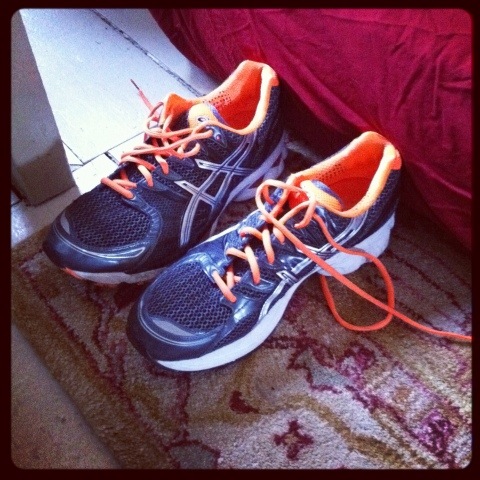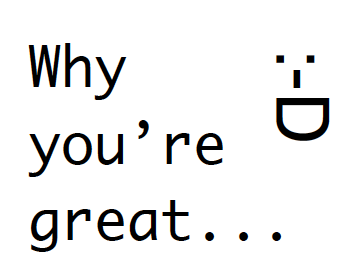We must aim above the mark to hit the mark.
– Ralph Waldo Emerson
People have been asking me for money while I shower.
All week.
Over and over again, they’ve been begging. It carries on while I’m brushing my teeth and tying my shoes.
And as much as I listen to public radio, I’ll admit I’ve never donated money to them.
This week, I’ve been considering it.
A sucker, right?
More this week than any other, I’ve found myself answering aloud as the pledge drivers spout their rhetorical questions.
“Do you listen to public radio on a regular basis?”
“Yes.”
“Do you value the programming of public radio?”
“Yes.”
“Would you miss the programming of public radio if it were to disappear?”
“Yes, yes I would.”
“Can we count on you to become a member to support the programming you value on this station.”
“Ummm…”
And that’s it, isn’t it? I run face-first into inertia.
“…I mean I could, but it seems like you guys are doing fine without me.”
Or, as Ebeneezer Scrooge put it, “Are there no prisons? Are there no workhouses?”
Last night I watched a film about a school in Kenya that selected 40 boys per year from the Baltimore public school system to live and study at a boarding school in Kenya or the final two years of their middle school experience. The school’s goal was to prepare the boys to gain admission to any Baltimore high school to which they applied once they’d completed the program.
I watched the documentary with an admitted air of, “I could do that. In fact, I could probably do it better.”
Today, the angel or the demon who was asleep on the opposite shoulder last night woke up to say, “Yeah, but you aren’t, and they did.”
Last Friday, ethicist Neeru Paharia explained the effects of distance on our sense of involvement, connection and need to act. A sense of immediacy is elicited the greater our proximity to the source of need.
The key to answering “What can I do?” is ignoring the proximity.
As Karl Fisch said Sunday, “All our students are local. All our students are global.”
It’s tough stuff, this global citizenship. More difficult still is possessing even a glimmer of understanding of the connectedness of it all.
That kind of glimmer led to the first and second Red Scares. It is the impetus behind the Global Millenium Development Goals. It is the terror that keeps the Minutemen patrolling the U.S.-Mexico border and it lays at the nexus of the argument in favor of the DREAM Act. Fathoming that connectedness led to the creation of the Peace Corps, City Year, AmeriCorps and a litany of other organizations in which thousands invest themselves each year to create or repair the systems necessary for sustaining and building.
To understand connectedness is to beg the question.
What can I do?
Answering the question has its own evolutionary path.
From “nothing” we move to “not much.”
Gradually, this becomes “something.”
As we learn and experience, we say, “I can do this.”
For many, the evolution ends here.
For the brave few, the answer becomes, “A little more.”
And, in the best of people, “Anything.”
Tomorrow, I’ll shower with cell phone in hand.
Like this:
Like Loading...

